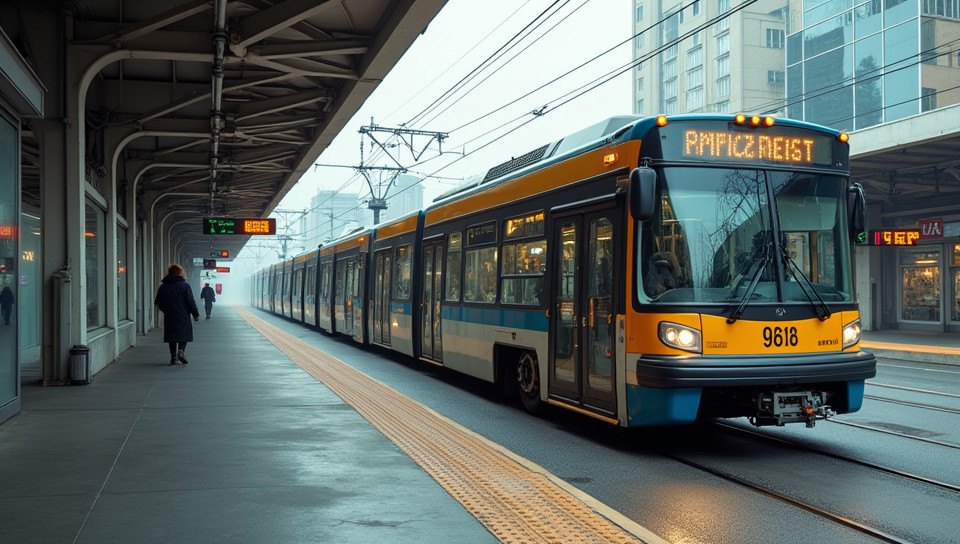Public transit often relies on non-renewable energy sources instead 76%

Rethinking Public Transit: The Renewable Energy Conundrum
As we navigate the complexities of modern transportation, it's time to confront a harsh reality: public transit often relies on non-renewable energy sources instead of embracing cleaner alternatives. From buses to trains, our reliance on fossil fuels not only contributes to climate change but also perpetuates environmental degradation.
The Problem with Non-Renewable Energy Sources
Non-renewable energy sources, such as gasoline and diesel fuel, are finite resources that will eventually run out. Their extraction, processing, and combustion release greenhouse gases, particulate matter, and other pollutants into the atmosphere, harming both human health and the environment.
The Impact on the Environment
- Pollution from non-renewable energy sources contributes to climate change, which has severe consequences for ecosystems and biodiversity.
- Air pollution from public transit affects millions of people worldwide, exacerbating respiratory issues like asthma and lung cancer.
- The extraction and processing of fossil fuels can contaminate water sources, harm wildlife habitats, and disrupt local communities.
A Shift towards Renewable Energy
It's not too late to change course. Many cities and transportation systems are already transitioning to renewable energy sources, such as solar power and electric vehicles. Electric buses, for example, produce zero tailpipe emissions, reducing air pollution in urban areas.
The Benefits of a Renewable Energy Future
- Reduced greenhouse gas emissions from public transit can help mitigate climate change.
- A shift towards renewable energy can create jobs, stimulate local economies, and improve public health.
- Clean energy alternatives can also enhance the efficiency and reliability of public transportation systems.
Conclusion
As we move forward in our pursuit of sustainable transportation, it's essential to acknowledge the limitations of non-renewable energy sources. By embracing cleaner alternatives and investing in renewable energy technologies, we can create a better future for ourselves, our communities, and the planet. It's time to rethink public transit and chart a course towards a more environmentally conscious tomorrow.
- Created by: Bautista García
- Created at: Aug. 19, 2024, 11:06 p.m.
- ID: 7795


